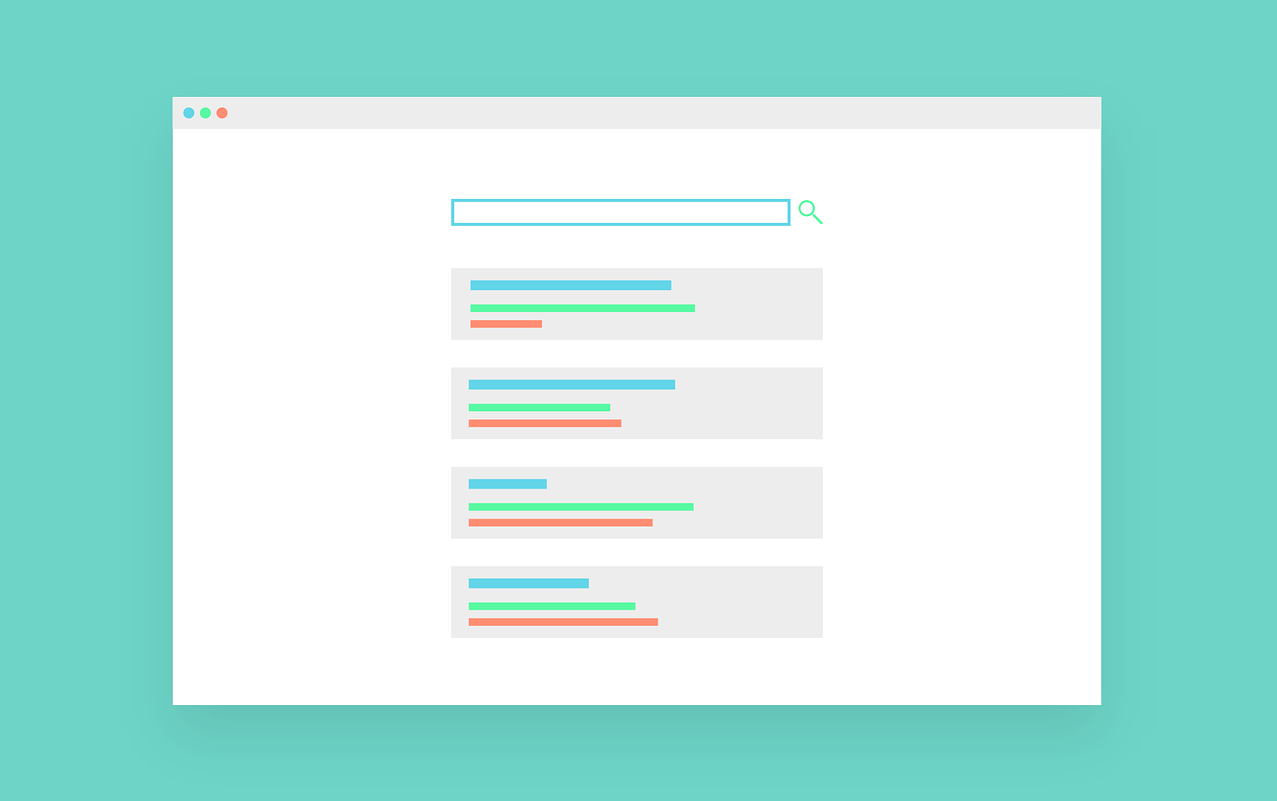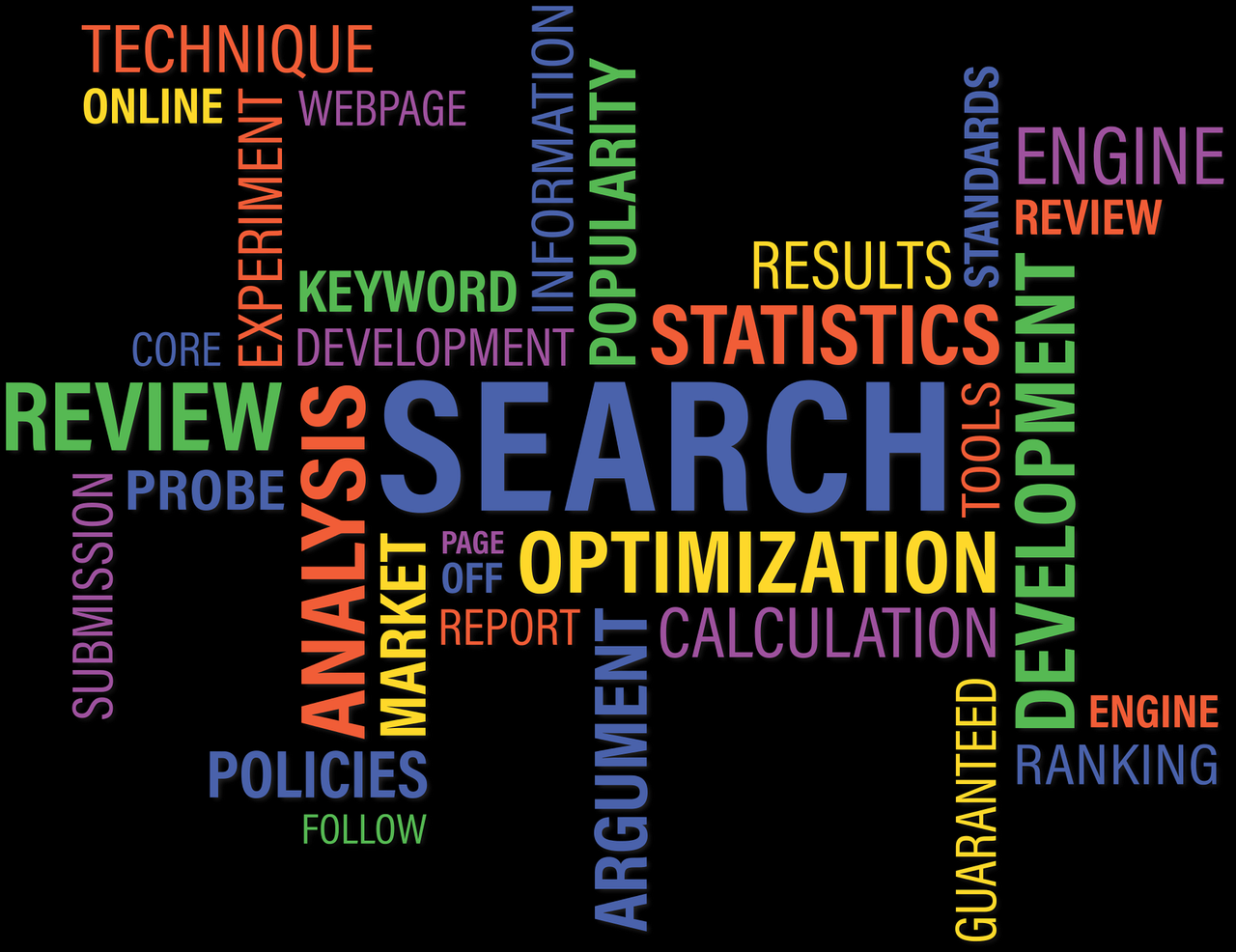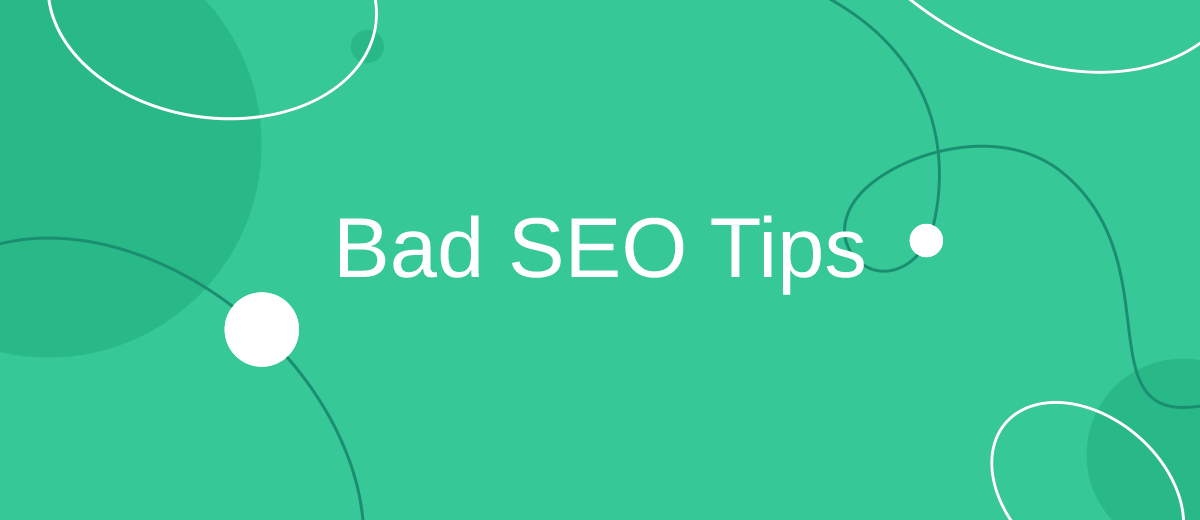Tips for optimizing websites overflow the space of the Internet. Most of them are repeated from site to site. Nothing wrong with that. You just need to understand that some of these recommendations roaming the Internet are useless and even harmful. This happens, for example, when advisers miss the moment when something has changed in the SEO rules. And that their recommendation has already stopped working. Or they simply forget to indicate some nuances in their advice.
Here are a few of these bad SEO tips that, if thoughtlessly followed, can harm your site.
Never remove content from the site
Internet consultant Casey Markee commented eloquently on this advice: "Think of your website as a garden. Think of everything that generates traffic (content, links, etc) as crops. Anything that doesn't generate traffic is weeds. So do in a real garden, if the weeds are not weeded, they will destroy the cultivated plants."
Outdated, low-quality content on the site contributes to negative trends:
- weakening the overall crawling budget. This term refers to the number of pages that a search robot indexes in a given time;
- deterioration of the overall reputation of the site;
- cannibalization of pages and keywords is possible. In other words, a situation arises when different pages of the site are targeted to the same keyword. Therefore, clicks, links, and content go to multiple pages;
- decrease in UX (user experience) indicators on the page and time spent on the site;
- decrease in advertising revenue (RPM) across the site;
- bad content in one part of the site negatively affects the search ranking of the entire site.
So existing content should definitely be updated and improved. If this is not possible or does not make sense - just delete such content.

Longer texts give higher rankings
Often you can find a recommendation to publish voluminous texts on the site. Allegedly, such "longreads" are better ranked. Those who give such advice do not deceive. They just don't agree. Therefore, the advice is completely depreciated.
The Senior Webmaster Trends Analyst at Google John Mueller commented: "Simply mindlessly accumulating content on a page will not increase rankings."
What is not said in such councils? The fact that the site promotes the site is not the number of words, but the information the readers need.
The keyword must be present in every title
Until a few years ago, SEO often optimized a page around a keyword focus word. It was included in the title, meta description, URL, and every title on the page.
Internet consultant Casey Markee, already mentioned here, provides a good example. Casey works with food bloggers a lot. Therefore, the example will be from this area.
So, until 2019, a typical post about banana cream pie contained the following headlines:
- <H1> Best Banana Cream Pie
- <H2> Why this banana cream pie is the best
- <H2> Banana Cream Ingredients
- <H2> Step by step recipe for Banana Cream Pie
- <H2> Banana Cream Pie Questions and Answers
- <H2> Similar Banana Cream Pie Recipes
- <H2> Banana Cream Pie (recipe card)
Everything changed in November 2019, after another Google update. And subsequent updates in January and May 2020.


Innovations have led to the fact that bloggers who are overly addicted to optimizing headlines suddenly have a ranking failure and a drop in traffic.
Casey Markee says that food blogs have seen a 60% drop in Google's direct search engine traffic to recipes and posts in which authors over-optimize headlines for keywords.
Therefore, the recommendation to stuff headlines with keywords to the maximum is outdated. Moreover, it can be harmful to the site.
Better make a great keywords research with Google Trends API and adding one in H1 and a couple more H2s is enough.
More keywords in Alt tags
Properly composed Alt tag for images on the site is a mandatory step in its optimization. However, if you are advised to saturate Alt tags with keywords, take this recommendation with caution. And that's why.

What are Alt tags? As you know, this tags should describe what is shown in a photo, drawing, or infographic. When a bot crawls a site, it doesn't look at images, but rather at the text in the Alt tag. So he evaluates the correspondence of images and text. As you know, an overabundance of keywords in the text part of the publication threatens with a fine from the search engine. The same rule applies to descriptions of images.
There is a good recommendation for such an SEO tool as the Alt tag - write it in such a way that a person who does not see the picture understands what is shown there. Now imagine that on each illustration of the site you stumble upon a keyword and a minimum of description. Can you put together an idea of the picture?
Therefore, when filling out the Alt-tag field, let's give a short but thoughtful description. And don't worry about keywords.
Optimizing multiple pages for the same keywords
If different pages of the site are targeted to the same keywords, then clicks, links and content are distributed between them. This situation is called keyword cannibalization and is highly undesirable in SEO. And that's why.
During cannibalization, the so-called crawling budget is wasted (what I described above). After all, if several pages are targeted for one keyword, they are crawled and indexed uselessly.
Then, multiple pages targeting the same keyword mean to the search engine that the content is equally distributed across those pages. But remember that the user prefers to find "everything at once" in one place. Not surprisingly, Google will rank these pages as uninformative. With a corresponding downgrade in the search results.
Detecting cannibalization on a site is not that difficult. It is enough to create a spreadsheet with the URLs of the pages and the keywords that refer to those pages. This way you can find out which pages are targeting the same keyword.
So, keyword cannibalization is easy to spot. However, eliminating this error will require additional efforts of SEO specialists. Therefore, it is best to avoid situations where keyword cannibalization is possible from the very beginning.
Conclusion. SEO tips and tricks
In conclusion, we want to once again draw the reader's attention to the fact that SEO is not a one-time campaign, not a single action. Website SEO optimization should start from the moment it appears on the Internet. And continue for as long as the site will exist. It is often said that SEO is playing the long game. Or, if you prefer, a marathon. As in any game, in any sport, common sense and composure are important in SEO.
Do not deprive yourself of success in this difficult game, listening to all the advice coming from numerous gurus and experts. If your, even small, experience and intuition say that some recommendation is not credible, do not apply it on the ward site. Or study this advice carefully.
What do you do with the data you get from Facebook lead forms? Do you send them to the manager, add them to mailing services, transfer them to the CRM system, use them to implement feedback? Automate all of these processes with the SaveMyLeads online connector. Create integrations so that new Facebook leads are automatically transferred to instant messengers, mailing services, task managers and other tools. Save yourself and your company's employees from routine work.
